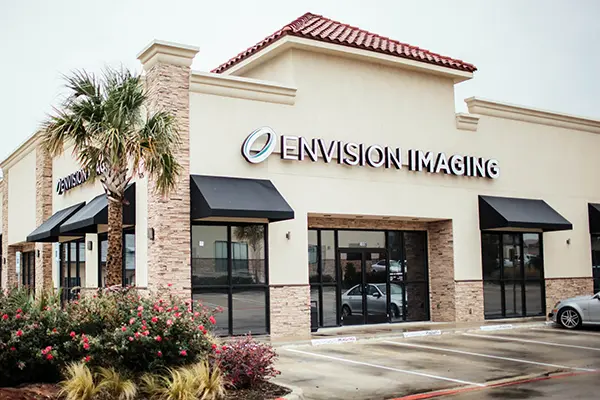 Uses of X-Ray
Uses of X-Ray
When your doctor asks you to get an x-ray, it’s usually for one of the following reasons:
- To examine an area where you’re experiencing discomfort or pain
- To monitor how a disease is progressing, like osteoporosis
- To check up on how a prescribed treatment is working
X-rays are generally performed on a bone, teeth, the abdomen, chest, mouth, neck, skull, pelvis, hands and joints, or you can undergo a full-body x-ray. Although most people think of broken bones or fractures when they think of x-rays, these images are also useful in the diagnosis and treatment of arthritis, osteoporosis, infections, cancerous tumors, blocked blood vessels and many more conditions.
How Long Does an X-ray Take?
When you visit an x-ray center, a plain x-ray is a relatively quick and painless procedure that usually takes less than 15 minutes from start to finish. However, the amount of time an x-ray takes could be longer depending on a few variables, including the number of parts of the body that need to be examined and the patient’s ability to move around, their general health and their age.
During most x-rays, the area of your body being examined will have to be viewed from different angles in order to get the information your doctor needs to make an accurate diagnosis. This requirement means you may be asked to move into different positions, which may be more difficult for patients with mobility issues and for those in poor health.
For healthy, willing patients, x-ray services can be extremely fast, some taking less than a minute. However, distressed patients needing multiple x-rays of the legs, spine, shoulders and pelvis could take as long as 45 minutes. Individuals with disabilities or young children also tend to take longer during an x-ray examination, especially if they find it difficult to keep still or understand the instructions given by the technologist carrying out the x-ray procedure.
How Is the X-Ray Procedure Performed?
When you come to an Envision Radiology imaging center for an x-ray, you will meet with a technologist who is specially trained to perform the procedure. Most x-rays won’t require any special preparation on your part. However, you will have to remove jewelry or other metallic objects and may need to wear medical scrubs (top and pants) or a hospital gown. In some cases, contrast dye is injected beforehand. If you’re pregnant, tell us ahead of time, as fetuses are more susceptible to the x-ray’s potential risks.
When you go in for your x-ray, the technologist will tell you how to position your body. Depending on what area of the body that needs to be studied, they may ask you to sit, lie down or stand in several positions during the test. In many cases, you will sit or lie as a large camera attached to a steel arm moves over your body to capture x-ray images. The technologist will ask you to stay as still as possible, as motion can blur the images.
What Happens After an X-Ray?
 After your x-ray, the technologist will process your images and send them to your doctor. The results from the x-ray could be available that same day or a little later. After your doctor reviews your x-rays, they may offer a diagnosis and prescribe a course of treatment. However, depending on what the x-rays show, they may need to order additional imaging scans, blood work or other diagnostic measures.
After your x-ray, the technologist will process your images and send them to your doctor. The results from the x-ray could be available that same day or a little later. After your doctor reviews your x-rays, they may offer a diagnosis and prescribe a course of treatment. However, depending on what the x-rays show, they may need to order additional imaging scans, blood work or other diagnostic measures.
Find a Location Near You
With locations throughout Texas, Oklahoma, Louisiana and Colorado, Envision Radiology is proud to be your source for high-quality imaging services. If you’re in need of x-ray imaging, contact a center in one of the following regions:



 After your x-ray, the technologist will process your images and send them to your doctor. The results from the x-ray could be available that same day or a little later. After your doctor reviews your x-rays, they may offer a diagnosis and prescribe a course of treatment. However, depending on what the x-rays show, they may need to order additional imaging scans, blood work or other diagnostic measures.
After your x-ray, the technologist will process your images and send them to your doctor. The results from the x-ray could be available that same day or a little later. After your doctor reviews your x-rays, they may offer a diagnosis and prescribe a course of treatment. However, depending on what the x-rays show, they may need to order additional imaging scans, blood work or other diagnostic measures.











